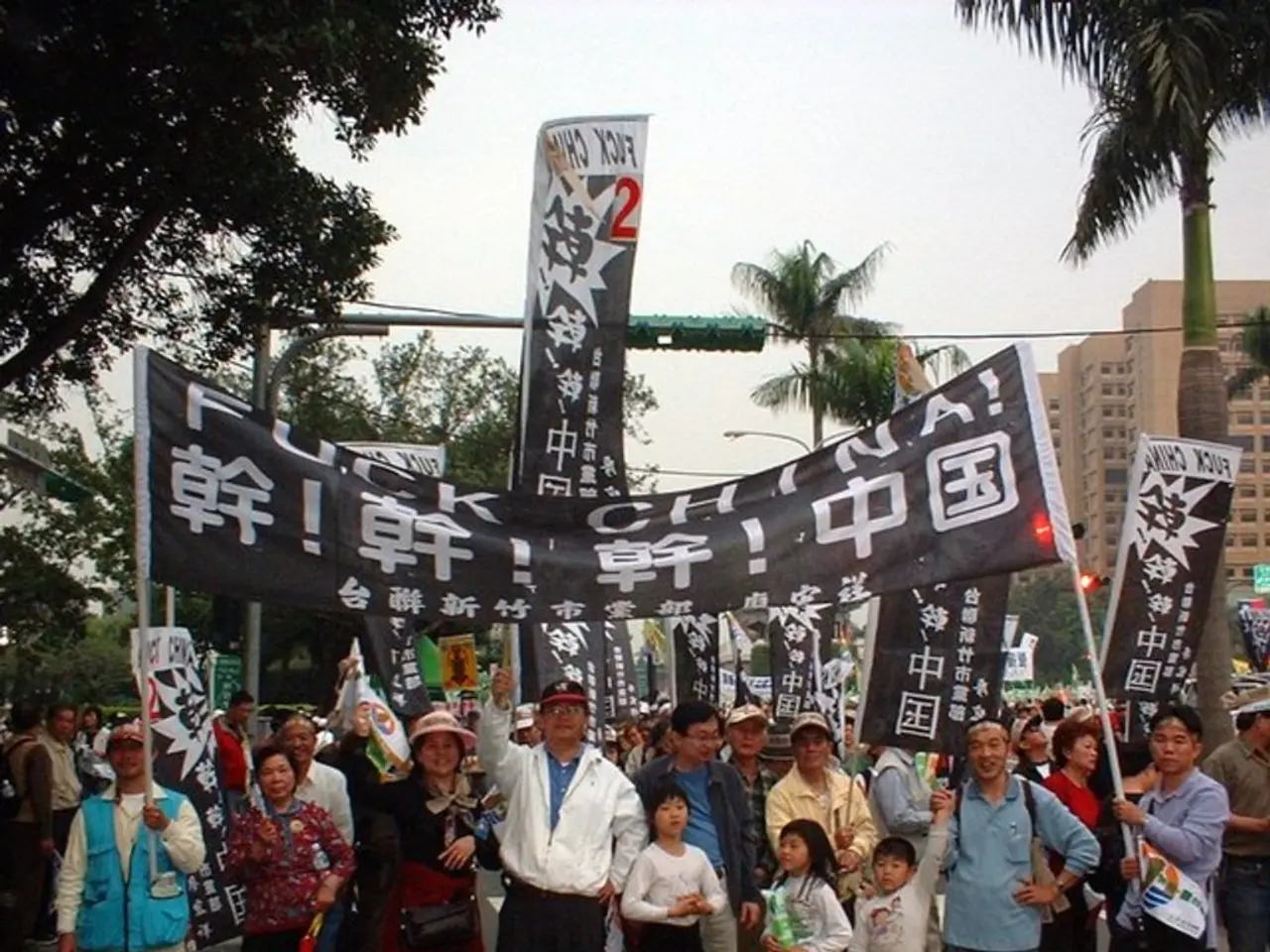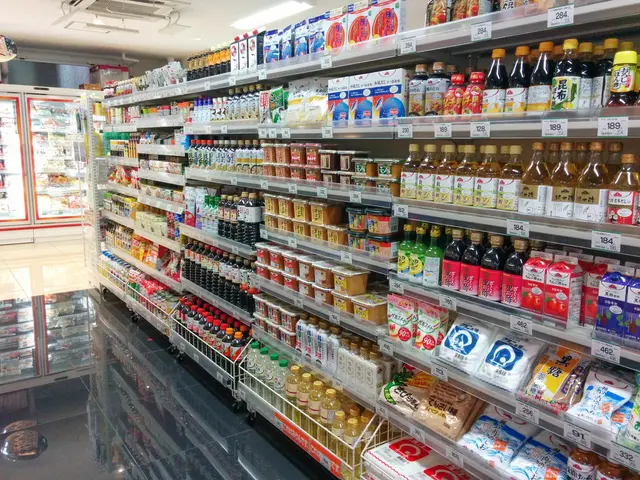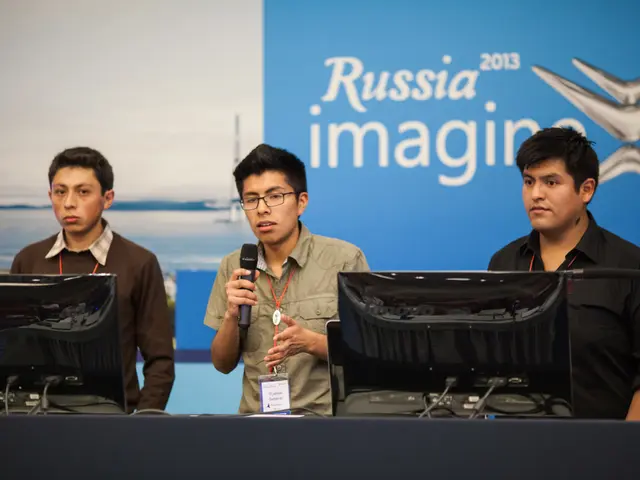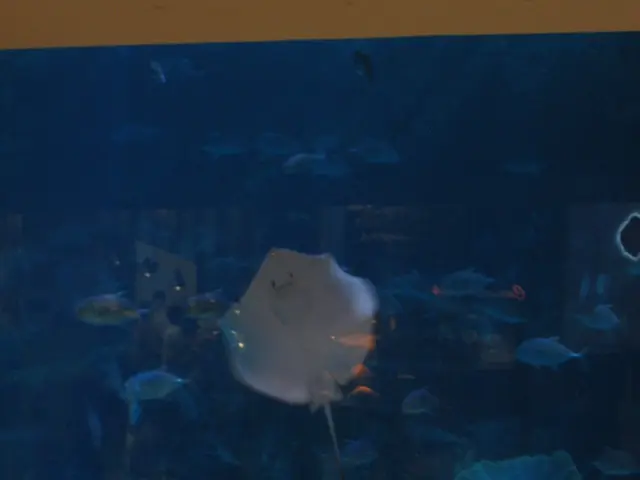German narrative unfolded through contrasting urban tales
Chemnitz, once known as the "Manchester of Germany" for its industrial might, is set to transform into a beacon of cultural renewal and artistic vibrancy as it takes on the mantle of the European Capital of Culture in 2025.
The city, which has faced challenges adapting to post-industrial realities and societal divisions, sees this designation as an opportunity to reshape its identity beyond its history of industrial decline and right-wing tensions. The European Capital of Culture program aims to promote diversity in European culture, making Chemnitz's role a meaningful chapter in its ongoing evolution.
The city's cultural events program, under the motto "C the Unseen," is an extensive and diverse offering designed to engage local residents and visitors alike. From urban art festivals transforming abandoned industrial sites to skateboarding events, poetry slams, exhibitions on local history, and critical engagement with past challenges such as right-wing terror through documentary film series, the program promises a rich tapestry of experiences.
The presence of the large Karl Marx monument, a Soviet-era landmark symbolizing complex historical layers, also frames the city’s multifaceted identity. The slogan "C the Unseen" is a play on words, referring to both Chemnitz's relative obscurity and a call to discover its hidden charms.
The program's focus is not on elevating the pretty or the successful, but on promoting diversity and lesser-known cultures. This aligns with the European Capital of Culture program's aims, and Chemnitz's unique culture will be presented as part of the initiative. The reception centre for the program is located in a converted factory, providing a fitting backdrop for the city's cultural renaissance.
The program includes visiting orchestras, art exhibitions, and a bike race, among other events. This transformation aligns with similar post-industrial cities using culture as a lever for social and economic revitalization, making Chemnitz’s 2025 role a significant step in its ongoing evolution.
Chemnitz's selection as the European Capital of Culture in 2025 offers a symbolic and practical role in reinventing a city with a complex industrial past and recent social controversies into a place of cultural renewal, togetherness, and artistic vibrancy. This designation sends a powerful message of a new sense of togetherness, particularly poignant given Chemnitz’s recent difficulties with public perception linked to far-right demonstrations and social unrest.
References: 1. The Guardian. (2021, February 25). Chemnitz to become European capital of culture in 2025. Retrieved from https://www.theguardian.com/world/2021/feb/25/chemnitz-to-become-european-capital-of-culture-in-2025 2. Deutsche Welle. (2021, February 25). Chemnitz to become European Capital of Culture. Retrieved from https://www.dw.com/en/chemnitz-to-become-european-capital-of-culture/a-57647232 3. The Art Newspaper. (2021, February 25). Chemnitz named European Capital of Culture for 2025. Retrieved from https://www.theartnewspaper.com/news/chemnitz-named-european-capital-of-culture-for-2025 4. The Local. (2021, February 25). Chemnitz to become European Capital of Culture in 2025. Retrieved from https://www.thelocal.de/20210225/chemnitz-to-become-european-capital-of-culture-in-2025 5. The Washington Post. (2021, February 25). Germany’s Chemnitz to be European Capital of Culture in 2025. Retrieved from https://www.washingtonpost.com/world/europe/germanys-chemnitz-to-be-european-capital-of-culture-in-2025/2021/02/25/e6f70c20-e1c5-11eb-946a-d78b8d60e22f_story.html
- The cultural renaissance in Chemnitz, as it takes on the mantle of the European Capital of Culture in 2025, will not only involve the arts but also emphasis on technology, as modern installations and digital exhibitions are likely to become a significant part of its extended cultural events program.
- The selection of Chemnitz as the European Capital of Culture in 2025 not only signifies a transformation in its cultural identity but also a leap towards integrating advanced technology into its artistic and cultural landscape, turning it into a hub that seamlessly blends technology with culture.




